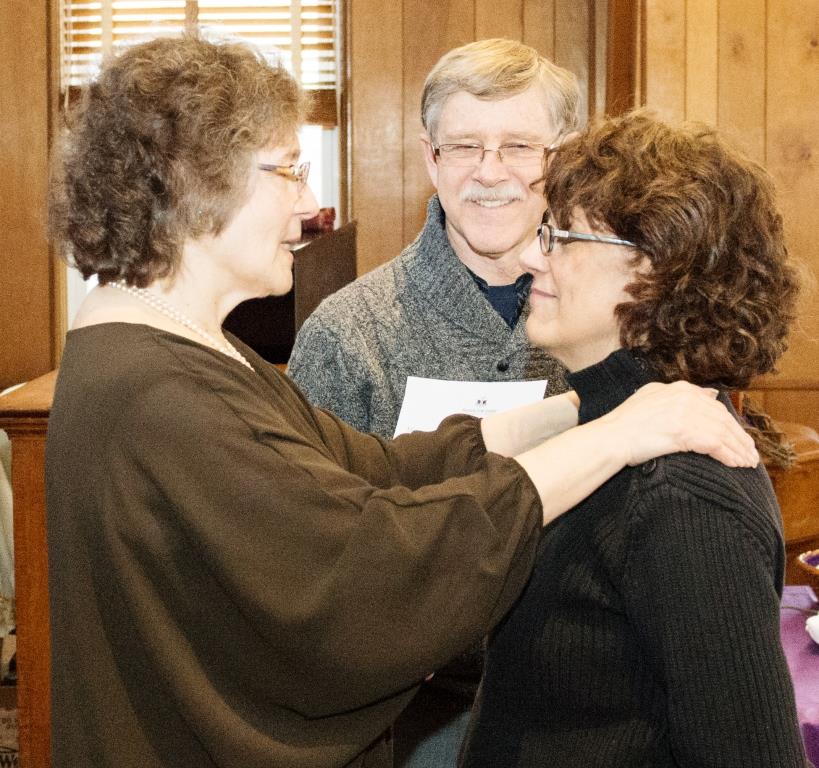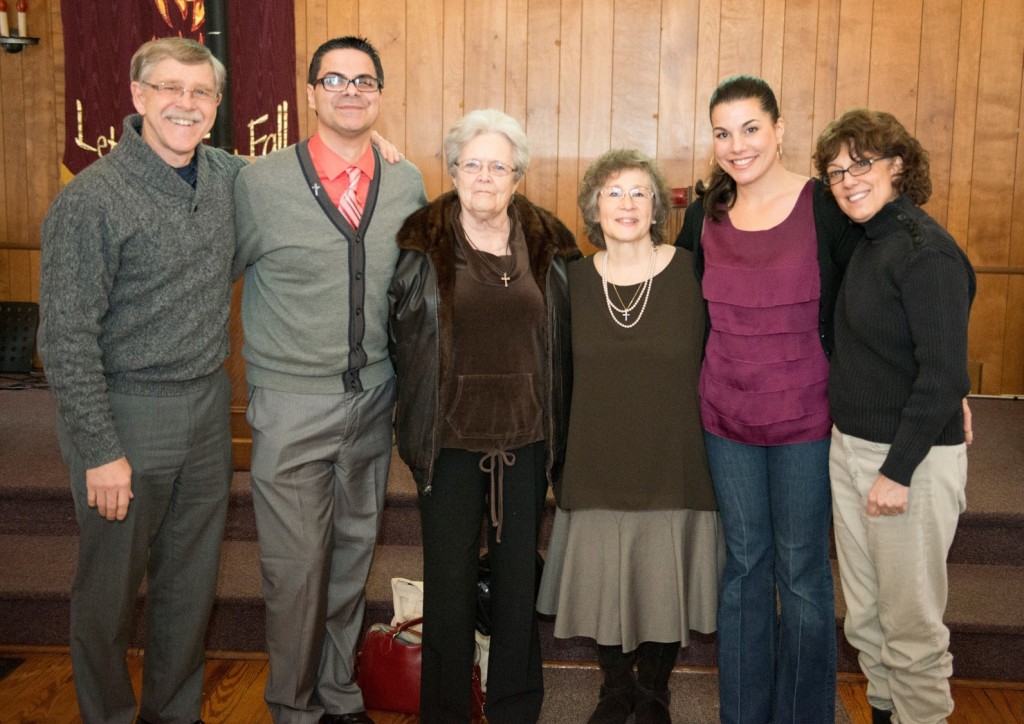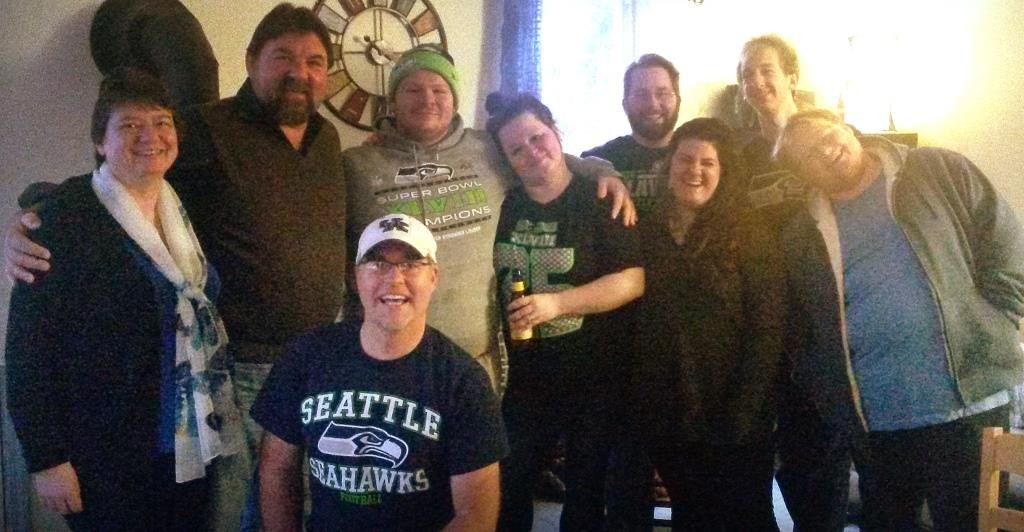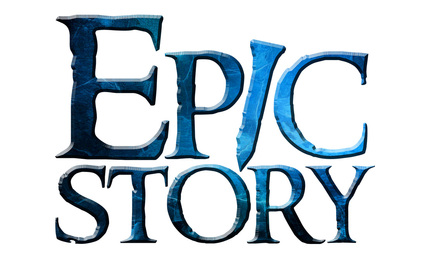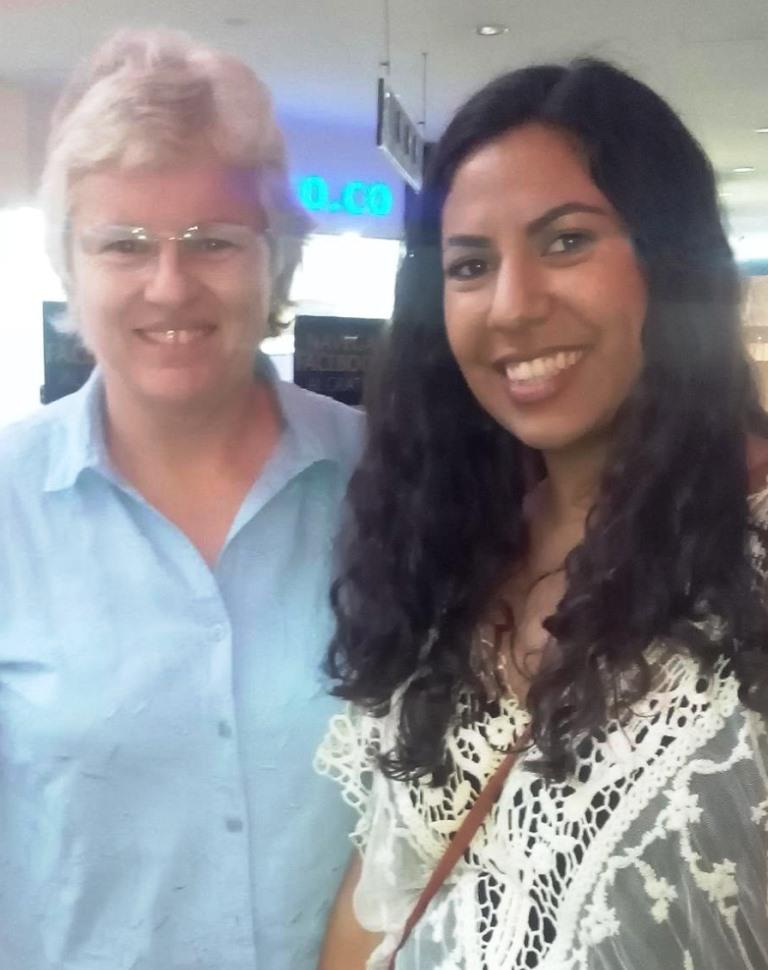Dear Brothers and Sisters in Christ,
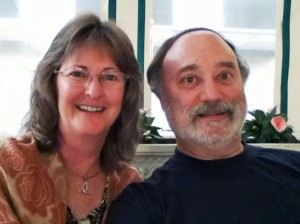 While reading a list of the 100 best novels written since 1900, I noted two by Vladimir Nabokov. Not being familiar with this author, I checked him out on Google (ah, the marvels of search engines!) and found that in addition to being a famous novelist, he is known for coining the term doughnut truth, which refers to truths with holes in them, making them less than the full truth. It struck me that some of the current explanations of Christ’s sacrifice are doughnut truths of a sort. Let me explain.
While reading a list of the 100 best novels written since 1900, I noted two by Vladimir Nabokov. Not being familiar with this author, I checked him out on Google (ah, the marvels of search engines!) and found that in addition to being a famous novelist, he is known for coining the term doughnut truth, which refers to truths with holes in them, making them less than the full truth. It struck me that some of the current explanations of Christ’s sacrifice are doughnut truths of a sort. Let me explain.
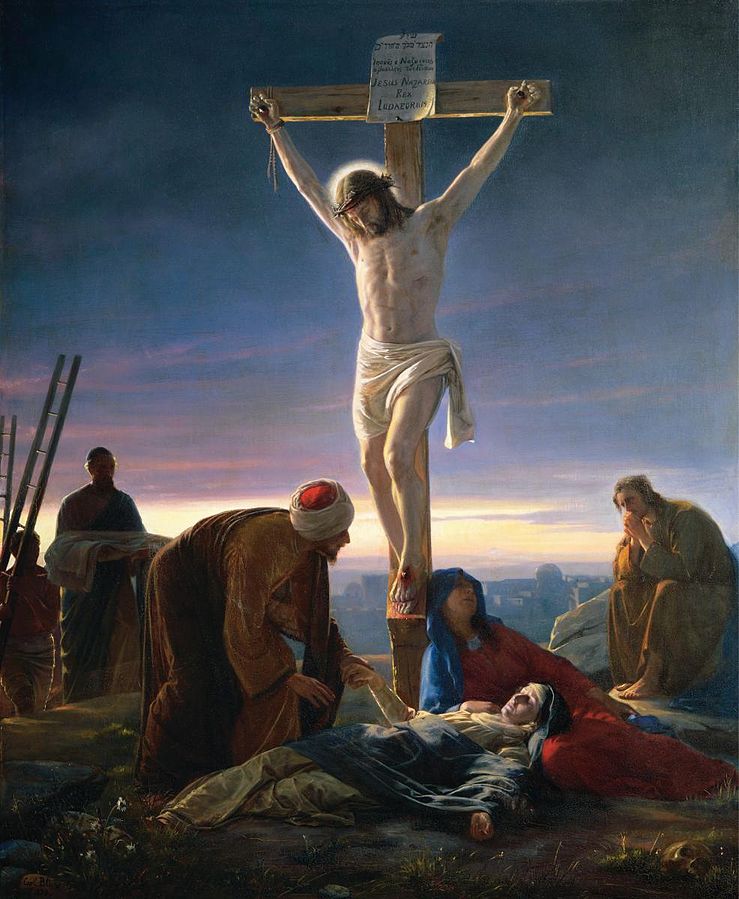
“Jesus died to appease the wrath of God brought about by your sins” is a message being thundered from many pulpits. The idea is that Jesus had to interpose himself between God and us and suffer in order to absorb all of God’s wrath towards sinful humanity. Many Christians accept this penal-substitution theory of the atonement (sometimes called the forensic theory) as the Bible’s primary teaching on the topic. Sadly, an overemphasis on this theory leaves the impression that Christ died not as a substitute for sinners, but as a substitute object for God’s punishment. The mistaken idea is that God the Father had to take his anger out on someone—as if inflicting pain and suffering on someone would itself make things right.
There are significant problems with this theory (model) of the atonement. One is that the Bible uses not one but several models to describe the riches of Christ’s atoning work on our behalf, including the sacrificial model, the economic model of exchange (redemption), the familial or filial model of family (reconciliation), the marital model (fidelity), and the healing model (peace, shalom). As Gustaf Aulen points out in Christus Victor, An Historical Study of the Three Main Types of the Idea of Atonement, the Bible also presents a Christ the victor (Christus victor) model of the atonement, which was the primary one taught by the early church fathers. According to this model, “The work of Christ is first and foremost a victory over the powers which hold mankind in bondage: sin, death and the devil” (Christus Victor, p. 20). Rather than going to the cross to appease God’s wrath, Christ did so to claim victory over the bondage of sin, the threat of death and the power of the devil, thus making all things subject to himself. Just as God delivered Israel from the bondage of oppression into liberty, so God delivers us from these terrible forms of oppression into true freedom in Christ.
Some theologians, such as Gregory Boyd and Scot McKnight, teach that the Christ the victor model should be seen as the Bible’s central model of atonement and the forensic model should be viewed as only one of several. Some theologians who support the centrality of the forensic model offer cautions about doing so. J.I. Packer warns that it should not be based singularly on human models of justice (which often is retaliatory or reciprocal) and should not be understood as an automatic explanation of how penal substitution really works. John Stott, in The Cross of Christ, lists multiple cautions about misrepresenting the nature of the atonement.
It certainly is true that Christ’s death paid the price, the cost, the debt and even the penalty of our sin. Jesus did rescue us from the consequences of our sin and experienced those consequences in order to overcome them and transform them on our behalf. But the penal substitution model of the atonement can be taken too far. Here are some common ways:
- Misrepresenting the Father as forcing the Son to do what he didn’t want to do—making the will of God divided and opposed between the Father and the Son.
- Misrepresenting the Son as manipulating, appeasing or cajoling the Father into changing his mind about condemning humanity—again, making the will of God divided.
- Characterizing the Father’s wrath as being pitted against the love of Christ. This mistake pits God against God as if the character and purpose of God are divided, at odds.
- Modeling the atonement after human models of retribution or vengeance, which are rooted in violence and tend to look more like child abuse than grace—as if human wrath “works the righteousness of God,” when it does not.
- Portraying the sinner as the object of God’s wrath instead of the sinner’s sin. This mistaken approach loses sight of the biblical truth that God’s aim is to separate the sinner from the sin, so that the sin can be done away with and the sinner redeemed.
- Viewing the Old Testament sacrifices as God pouring out his wrath on the animals used for sacrifice—sending them to “hell” on behalf of Israel. The truth is that the sacrificial animals were not being punished, but as unblemished creatures were sacrificially giving their lives so that there might be life in others where there was only death.
- Misrepresenting forgiveness as God making exceptions for sin in the lives of some. The truth is that God is implacably opposed to all sin everywhere, and through Christ made a way to condemn all sin, yet rescue sinners, giving them new, regenerated natures and making everything new.
- Portraying God as being absolutely separate from sinners. This misrepresentation flies in the face of God dwelling among Israel and the entire story of the Incarnation.
- Attributing to God a role that actually is Satan’s (whose name means “accuser”), thus making God out to be the accuser of humanity (because humanity is unholy and unworthy) and portraying God as desiring sinners’ condemnation rather than their repentance (the mistake made by Jonah!).
- Viewing grace as a secondary, separate and optional work of God after his primary and necessary work of judicial justice has been accomplished.
- Separating God’s justice from God’s love; his righteousness from his mercy and grace.
- Portraying God as more bound by his own rules of retributive justice (punishing the bad and rewarding the good) than by his restorative righteousness and desire for the reconciliation of his covenant love (where God’s righteousness aims to put things right).
- Placing an exclusive emphasis on sinners being saved from the penalty or consequences of sin, rather than on the sinner being saved from sin and being given a share in Christ’s renewed and glorified human nature. The truth is that we are saved from sin and for a right relationship of holy love with God as his beloved children.
- Overlooking the incarnation, the cross and the resurrection, and thus the truth that the Son of God became the new Adam—the new head of humanity—who came to reconcile the world to God on behalf of the Father and in the Holy Spirit, and not to condemn the world.
Faithful and accurate consideration of the atoning work of Christ will take into account the whole of the biblical story and teaching. When one aspect of that truth is singled out and developed in isolation, distortion inevitably results. But when we assemble all the pieces, giving all of them full weight while keeping Jesus at the center, we’re on the right track. That holistic approach keeps clearly in mind Christ’s relationship to the Father and the Spirit, and his relationship to us, and why he came. This is what the apostle Paul did in writing that God poured his love out lavishly upon us in Jesus Christ in order to condemn sin in his flesh so that we might have his new life and love in us by the Spirit (Ephesians 1:7-8; Romans 8:3-4). The author of Hebrews adds that Jesus Christ paid the price to bring this reconciliation about freely and gladly, united in heart, mind and will with the Father and the Holy Spirit (Hebrews 12:2; 9:14). The Bible teaches that Jesus’ atoning work was an act of the eternal, divine love of the Father, Son and Spirit.
We understand God and his lavish love for us through Jesus’ life and especially through his self-giving death. As T.F. Torrance notes in The Mediation of Christ, “the cross is a window opened into the very heart of God.” The cross reveals a God who is passionately in love with the world, not one who is furiously angry with it. Indeed, God so loved the world that he gave his Son. Yes, God hates sin, but he hates it because it hurts the world that he loves; it hurts his beloved creation. God does not pour out his wrath on the object of his love—Jesus or any of his other children. Jesus did not go to the cross to appease an angry God, but to show clearly the unconditional love of a Father, Son and Spirit whose greatest desire is to be in relationship with us. And that’s not doughnut truth—it’s whole, gospel truth!
Appreciating Christ’s sacrifice,
Joseph Tkach

